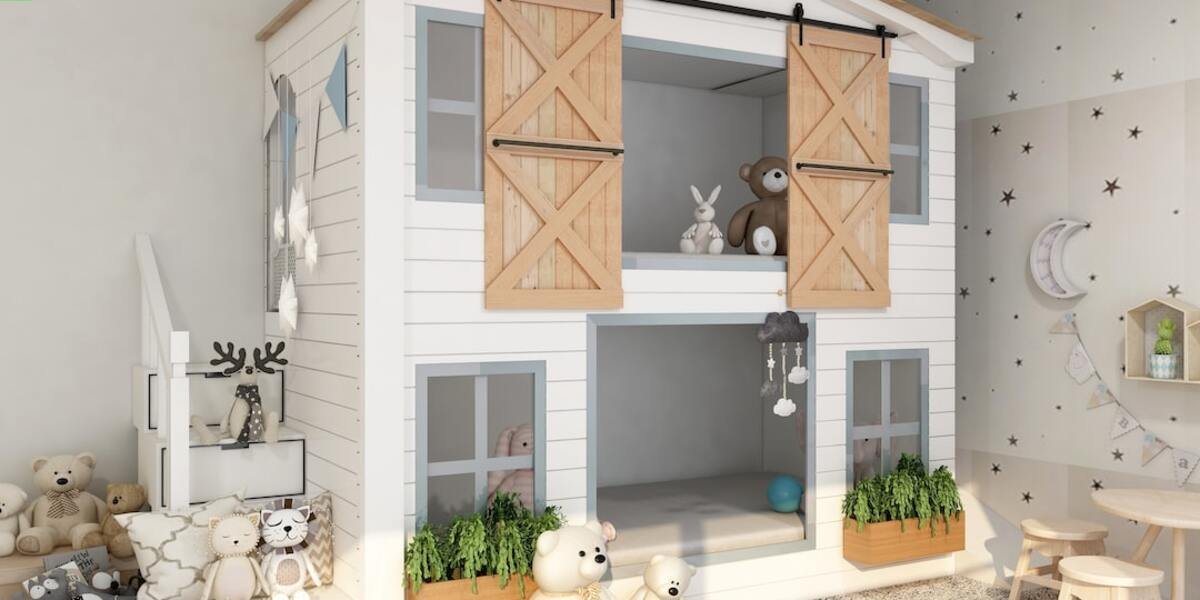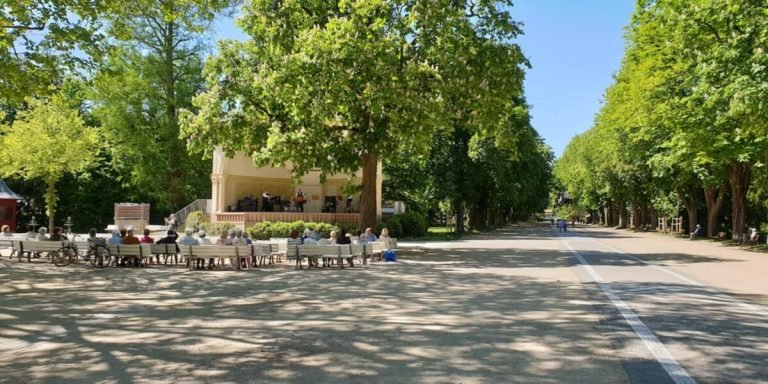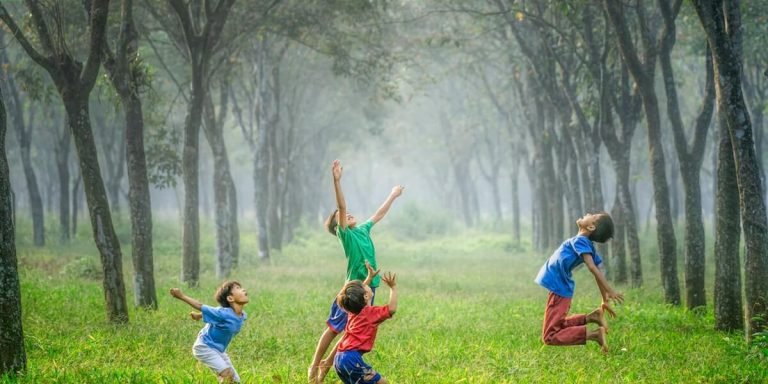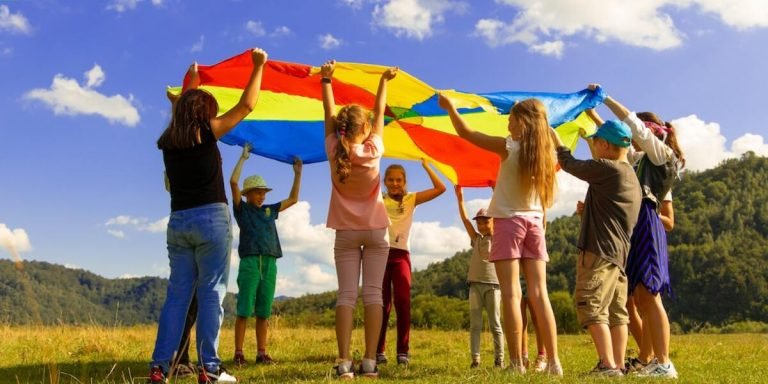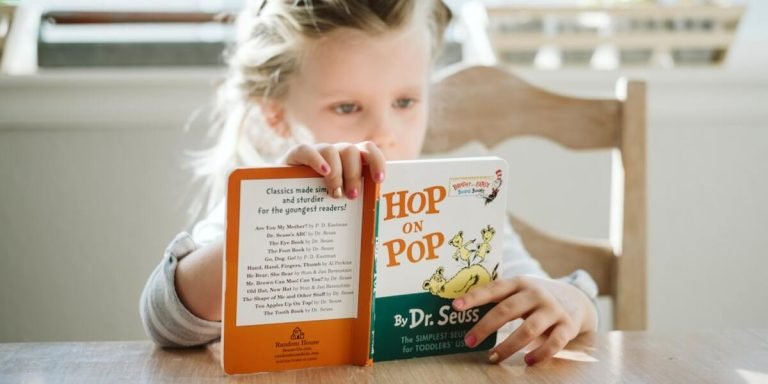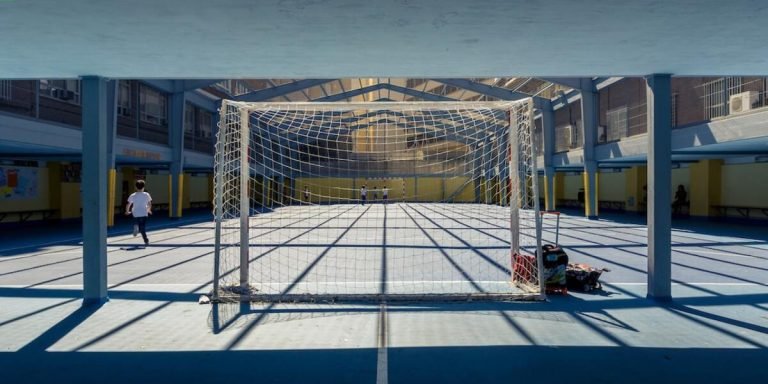Field Trip Ideas: Exploring Fun and Educational Destinations for Children
When it comes to hands-on, experiential learning for children, few activities can compete with the excitement and educational value of a well-planned field trip. Sprinkling your curriculum with innovative “field trip ideas” not only brings school lessons to life but also caters to various learning styles in an enriching environment outside the classroom.
Taking ‘learning-by-doing’ from theory into practice, activity-based field trips offer youngsters opportunities to see concepts discussed in class unfolding right before their eyes. Whether you’re visiting a historical monument or exploring nature’s wonders at a local park, these off-campus excursions are about creating dynamic spaces where curiosity meets knowledge head on.
Did you know?
Did you know? Field trips can actually enhance learning capabilities of children by approximately 30%, especially when they are interactive and aligned with the curriculum.
Integrating Field Trips into Experiential Learning Curriculums
Experiential learning has become central to childhood education in 2023, and field trips are an excellent method of integrating this pedagogical approach into school curriculums. By providing students with the opportunity to experience real-world situations outside their classrooms, educators facilitate a deeper understanding of academic concepts. Field trips serve as practical examples that make theoretical knowledge more concrete for young learners.
In selecting appropriate field trip destinations, teachers should consider how best they can enrich children’s classroom learnings through hands-on experiences. For example, a visit to a local farm presents opportunities for younger kids studying life science subjects; simultaneously engaging them physically while reinforcing their biological studies about plant and animal lives.
For older students examining historical periods or processes like industrial revolution or natural phenomena such as geological formations – museums and geological parks pose unique environments where they can visualize these abstract ideas clearly.
This year we have observed some innovative ideas around virtual reality (VR) driven tours; interactive zoos using augmented reality (AR); visits focusing on sustainability themes at nature reserves etc., all aimed at infusing variety into experiential learning endeavours.
With careful planning and execution, traditional barrier between ‘education’ & ‘recreation’ fades away during field trips making it an integral part of modern experiential learning curriculum implementation strategy.
The Role of Outdoor Adventures in Practical Education
Field trips provide kids with hands-on experiences that perfectly align with the principles of activity-based learning – they offer authentic opportunities for knowledge acquisition and skill development.
Outdoor adventures play an essential role in children’s holistic growth and academic journeys.
First off, field trips stimulate curiosity among youngsters by taking them away from routine classroom settings and exposing them to real-world scenarios. Children get excited about exploring nature or visiting historical landmarks. This excitement fuels their desire to learn more which is pivotal within any active-learning framework.
Secondly, integrating creative “field trip ideas” allows learners to correlate theoretical lessons taught at school directly with their physical surroundings during outings – thus making abstract concepts easier and fun-filled to comprehend.
For instances, students studying biology could flourish even more when taken on a botanical garden excursion as opposed to just seeing images of different plant species on projector slides.
Designing Effective Itineraries for Enhanced Subject Comprehension
Planning an effective itinerary for your next experiential learning field trip might seem like a daunting task, but it doesn’t have to be. Here are some practical steps and innovative ‘field trip ideas’ that can help educators design engaging excursions aimed at enhancing subject comprehension.
1. Identify Your Learning Outcomes: The first step in planning an experiential learning outing is setting clear objectives. Understand what you want your students to learn from this experience – be it about history, science or arts.
3.Refine Visits into Activities: To keep children engaged during their visit, devise relevant activity-based sessions such as guided tours, interactive workshops etc., relating them specifically back to classroom lessons when possible.
4.Include Reflection Time: Post-visit reflections form crucial part of any field-trip; hence schedule time for students immediately after return – use tools like group discussion forums where kids share thoughts/ interpretations on-site experiences linking these again back-to-classroom study materials.
5.Evaluate Impact & Feedback Collection : Lastly teachers should assess impact by gauging student understanding through tests/quizzes/projects based upon the event’s curriculum-pertinent knowledge gained . Also collecting feedback afterwards helps future refining plans efficiently .
Advantages of Activity-Based Field Excursions for Student Engagement
Field trips are an excellent resource for experiential learning, offering children a unique method of education distinctly different from traditional classroom experiences. Incorporating activity-based field excursions into the curriculum can provide students with practical knowledge and hands-on skills that books cannot teach. In today’s digital age, it’s especially crucial to make sure our young learners have real-world encounter opportunities that reinforce their academics outside of school.
The advantages of these interactive outings extend beyond just academic enrichment – they also foster critical student engagement in ways no other teaching technique can match. During field trips, every place visited—be it a science museum or historical landmark—becomes an open-ended laboratory where kids observe phenomena first hand rather than hearing about them second-hand or watching simulations on screens at home or school.
Lastly, one shouldn’t overlook the immense value such explorations bring towards building social competence among pupils. Young minds stepping out together helps cultivate teamwork as well as enhances interpersonal communication when coordinating tasks during the trip – invaluable life-skills nurtured effortlessly amidst fun-filled exploration!
Fostering Critical Thinking and Problem-Solving in Natural Settings
In this digital age, where traditional classroom learning often falls short in providing hands-on experience to children, field trip ideas serve as a powerful tool for experiential learning. Field excursions bridge the gap between theoretical knowledge and real-world applications – especially when we focus on fostering critical thinking and problem-solving skills in natural settings.
Field trips offer an interactive platform for students to engage with their environment and indulge in independent exploration. They get the freedom to observe, question, hypothesize and infer based on tangible evidence rather than rote information from textbooks. This kind of explorative journey fosters curiosity which is key to critical thinking.
When it comes down to problem-solving abilities too, these unconventional outdoor educational experiences lead by example. Simulating different scenarios during such activities helps kids develop solutions through creative interpretation of situations rather than scripted responses. The unpredictability associated with natural environments cultivates adaptability among youngsters – making them adept at facing unforeseen challenges head-on with ease.
Moreover, open discussions or reflections post-field visits help facilitate cognitive development amongst students while enhancing their ability to express complex thoughts lucidly both verbally and written format further honing their communication skills.
Lastly but most importantly , interacting directly with nature fuels emotional intelligence as well- connecting young minds closer not only towards empathy toward each other but also animals & plants around us instilling a deep sense of respect for our planet earth thereby nurturing more holistic & responsible citizens moving forward .
Encouraging Teamwork and Communication Through Guided Group Activities
Field trips are not just fun outings for students, they can serve as powerful learning tools when strategically planned. Incorporating guided group activities in field trip ideas promotes experiential and activity-based learning, which have substantial benefits on student engagement.
When planning a field trip that encourages teamwork and communication through guided group activities, it’s crucial to consider the objectives of the lessons. Make sure these align with what you want your children or students to gain from their experience outside the classroom walls.
One practical way is by designing an itinerary that employs project-oriented tasks requiring joint efforts among peers. This could be interactive quizzes about museum exhibits or setting up miniature ecological preservation projects during nature visits – possibilities abound!
These hands-on experiences do more than bring textbook content alive; they instill essential life skills like critical thinking, decision-making ability and co-operation through collective problem-solving within teams under real-world conditions.
To boost active participation further, employ engaging ways of sharing information besides traditional instructions-giving models such as storytelling sessions related to destination history or using multimedia presentations en route to spark curiosity even before reaching there.
Incorporating games into your schedule also adds an element of enjoyment while facilitating team bonding through friendly competition – certainly a recipe for heightened involvement! An example might be organizing scavenger hunts integrating learned themes throughout day events encouraging both recall plus application simultaneously thereby fostering deeper comprehension around covered topics.
Assessing the Impact of Field Trip Initiatives on Learning Outcomes
In today’s dynamic education landscape, evolving field trip initiatives have emerged as a substantial component of experiential learning. These programs provide learners with hands-on exposure to real-world situations and scenarios, far beyond the traditional classroom setting. When effectively integrated into the curriculum, these trips can become pivotal in enhancing students’ comprehension and reinforcing their theoretical knowledge.
Field trips are not limited merely to sightseeing or recreational activities; they serve as vital tools for offering students an immersive perspective about varied subjects from history and culture to science and technology. Educational visits such as museum tours enrich children’s understanding of historical events while exploratory nature walks bring them closer to environmental studies.
The evaluation process plays a crucial role in measuring how well field trips contribute towards achieving specific learning outcomes. Teachers collect data based on student participation, post-trip assignments or quizzes related to the visit’s context which helps assess student transformations at cognitive levels over time after different field trip experiences. This assessment paves way for tailored strategies that respond more accurately too pupils’ strengths while addressing areas that might need improvement.
Measuring Academic Performance Pre and Post-Field Experience
Firstly, it is essential that educators create benchmark assessments before embarking on any field trip initiative. These could range from written tests focusing on subject knowledge relevant to the upcoming visit site, memory recall exercises or even creative writing and art projects reflecting what they anticipate learning.
Once there are pre-field experience results recorded for each participant in hand, teachers would then move forward with arranging ventures matching educational standards compliant innovative ‘field trip ideas’. Be it visiting science museums focusing primarily on practical physics demonstrations: an electricity generating bicycle maybe! Or a history-centered town tour examining colonial architecture closely – all aimed at driving home textbook theories into real tangible takeaways.
The actual expeditions should not only be observation sessions but consist of active participation elements too – quizzes regarding exhibits seen; impromptu debates discussing historical relevance versus modern-day implications; hands-on experiment opportunities where applicable – turning ordinary day outs definitively into immersive pedagogy experiences culminating true 2023 style activity-based learning initiatives!
Post-trip impact assessment becomes equally important here proving whether out-of-the-classroom efforts paid off academically speaking. Repeating similar set questionnaires/quizzes as handed prior enables noticing potential improvements clearly and assertively documenting gained empirical skills aligning with theoretical studies.
Long-Term Retention Benefits from Hands-On Educational Journeys
Educational journeys, often presented in the form of field trips, are a wonderfully effective method to enrich children’s learning experiences. Introducing kids to real-world concepts through practical exposure has significant advantages compared to traditional classroom teaching alone.
An essential benefit is long-term retention. Field trips provide students with an immersive and active learning experience that facilitates instant understanding and information absorption. These hands-on educational journeys create unforgettable memories which directly contribute towards longer knowledge retention span.High-quality field trip ideas not only inspire but also provoke curiosity amongst young learners while reinforcing their theoretical lessons practically.
Let’s consider visiting a historical site or museum as part of history or social science classes. This type of firsthand cultural immersion allows children to link what they have learnt in textbooks into meaningful contexts – be it seeing the remnants from ancient civilizations, artifacts used by our ancestors or understanding how societies evolved over centuries.The visual representation helps internalize complex concepts embedded within subjects like history helping them retain information for extended periods after the visitation ends.
Scientists back this theory; A study published in “Journal Education Next” says that school tours have positive effect on critical thinking skills apart from acquiring factual recall abilities.Physical visits enhance observation skills,promoting discussions,giving opportunity for introspection about societal norms-all aiding memorization process indirectly.After all,witnessing something first-hand leaves lasting impressions than reading text!
Conclusion
In a nutshell, field trip ideas serve as more than just exciting escapades; they are pivotal elements in childhood education that blend fun with learning. These tips and pointers we’ve shared should help you plan an unforgettable experience for your little explorers. Remember the true essence of these trips – to spark curiosity, encourage practicality, foster creativity and make educational experiences joyful.
So why stop at exploring fun destinations? We invite you to navigate through our website where there’s so much more on offer! From enlightening guides on educating children to substantial support for parents and educators alike—we strive to champion every aspect of early years education because we know how critical this stage is.
Happy planning-and-exploring fellow adults! We’re here whenever inspiration strikes or if guidance knocks at your door.

